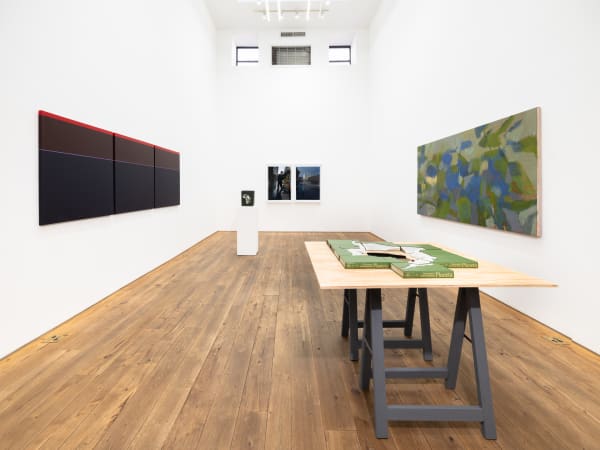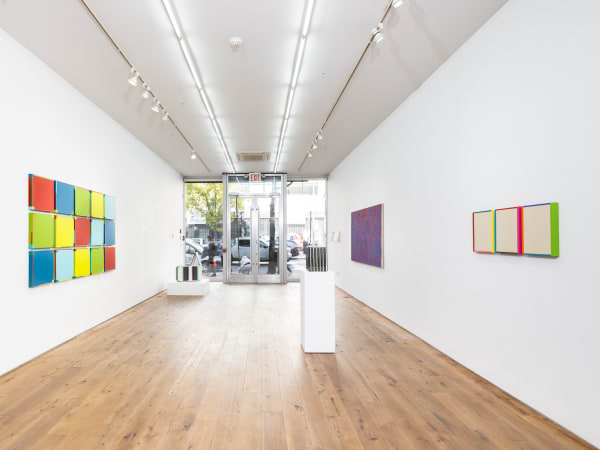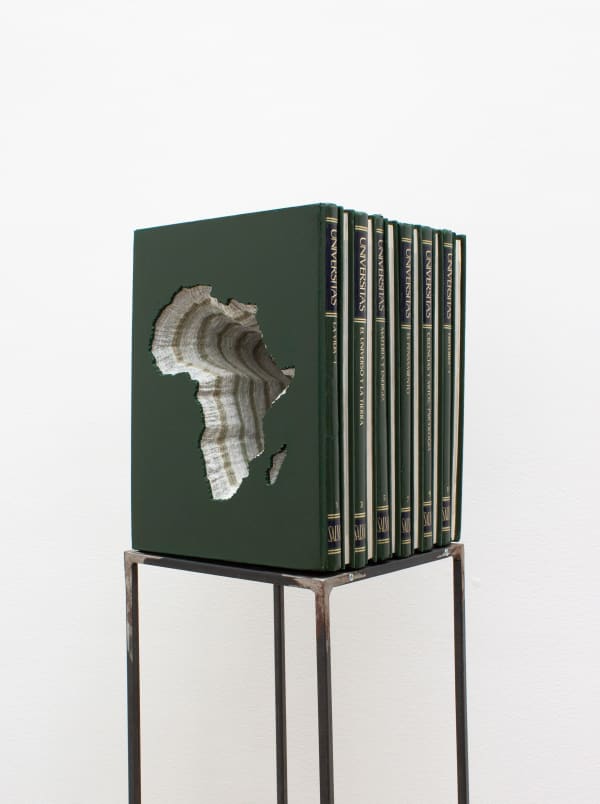SEVEN COLOMBIAN ARTISTS: NUEVEOCHENTA GALLERY AT MARC STRAUS
The gallery is pleased to present SEVEN COLOMBIAN ARTISTS: NUEVEOCHENTA GALLERY AT MARC STRAUS, a collaborative exhibition with Bogotá-based gallery Nueveochenta.
While international in scope, this exhibition focuses exclusively on seven Colombian artists—Beatriz Olano, Fernando Uhía, Jaime Ávila, Jaime Tarazona, Juan Rodríguez Varón, Luis Hernández Mellizo, and Natalia Castañeda—all invited by Nueveochenta to participate in an international dialogue. Colombia holds a prominent place in the global cultural imagination and this exhibition offers New York audiences direct access to the pulse of contemporary Colombian art, with a focus on Bogotá.
This presentation marks the beginning of a gallery exchange between Marc Straus and Nueveochenta, with Marc Straus exhibiting a group presentation in Bogotá next year. Through this exchange of spaces, we aim to promote dialogue and mutual understanding, while fostering strong connections that transcend boundaries and differences, to underscore our shared values.
Natalia Castañeda creates illustrations of the snow-covered Santa Isabel Volcano, which she and her father frequently hiked in her childhood. As climate change continues and her life moves beyond idyllic memories, her intricate pencil drawings become a record of something that will inevitably dissipate.
Luis Hernández Mellizo’s sculptures begin with large reference tomes - dictionaries, atlases, and other books from the pre-internet era that attempted to encapsulate the world’s knowledge within a single publication. He then carves into the covers and pages, questioning ideas about the limits of human understanding. In Universitas, one end of the stack of books is cut out in the shape of South America, and the other end is cut out in the shape of Africa. The two continents were conjoined around 140 million years ago. Hernández Mellizo challenges viewers to consider the connections between these vast, important continents, which are not usually linked in the collective imagination but have much shared history.
Three vibrant painted works by Beatriz Olano stretch painting to new forms and media. Ventura is a series of fifteen square canvases and the most traditional piece in the presentation. El Paseo is a retro suitcase that was purchased at a flea market and reimagined with fresh colors. Cruzado is another vintage find, though its source is not easily identifiable: an oblong wooden frame, possibly an element of a piece of furniture, is reimagined as geometric abstraction and caned with rattan. Rather than the rigid geometry and primary colors of Sol LeWitt’s early work, Olano uses an asymmetric approach and paints in magenta, azure, and persimmon.
Fernando Uhía’s Bipolares canvases also adopt an uninhibited use of the palette, expanding upon the color experiments of predecessors like Josef Albers. Two works from his series, On the Nature of Daylight, are geometric explorations of a genre that has challenged and captivated artists throughout history. Jaime Tarazona’s interpretation of the subject matter involves six canvases of different shapes and shades of blue, assembled in a square. Though modern, the piece has the soothing effect of looking out at the sea on a clear day.
When Juan Rodríguez Varón looks to nature for inspiration, he uses textured brushwork. Using only a few hues and shapes, and forgoing varnish, he creates minimalist canvases that elegantly reflect the rhythms of his titular ferns and dahlias. His compositions suggest other elements, and perhaps even figures, that might emerge from them.
Jaime Avila exhibits two photographs captured in Colombia’s urban environments. One of them, Van Gogh, is a diptych. On the right, there is a stately church on an empty, unpaved road filled with puddles. On the left is a smiling man in the middle of a road lined with buildings on both sides. Though his warm expression and the towering building behind him suggest otherwise, the subject was homeless when Avila took his portrait. This image is juxtaposed with the warmer tones and lights of the church in the diptych's right panel, leaving us with much to ponder about urban layouts and the lives that inhabit them.













